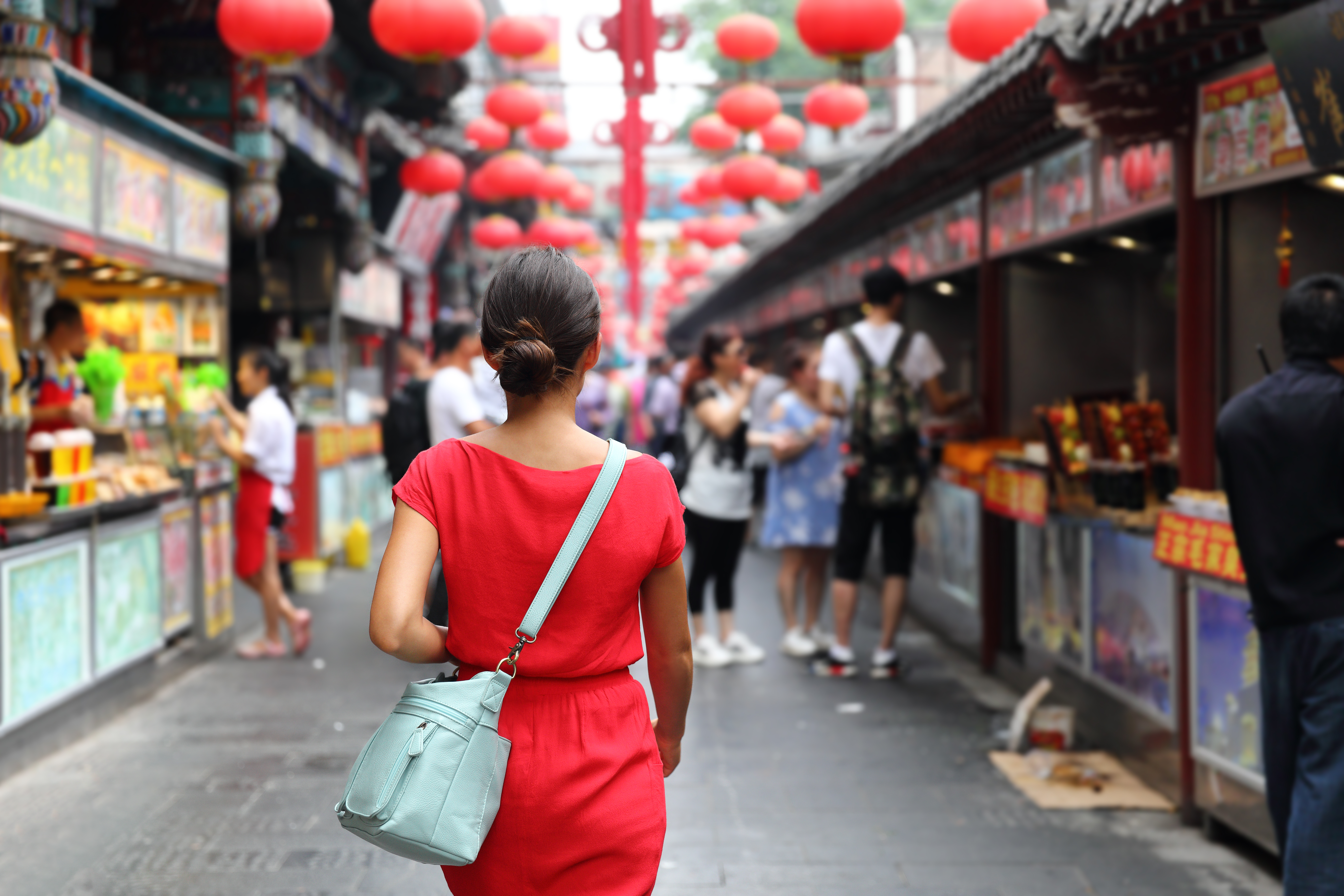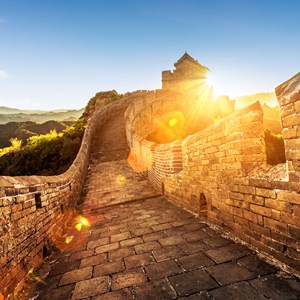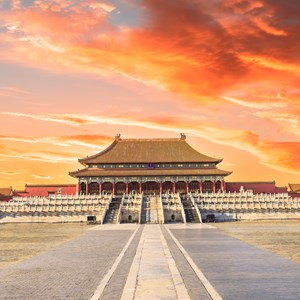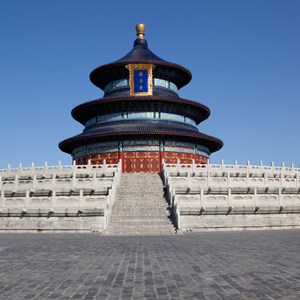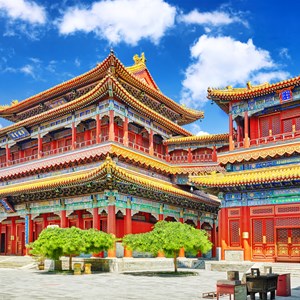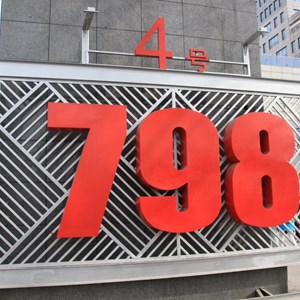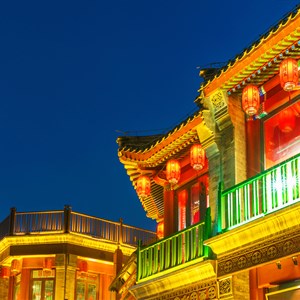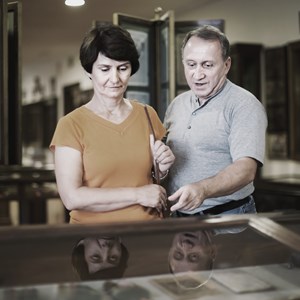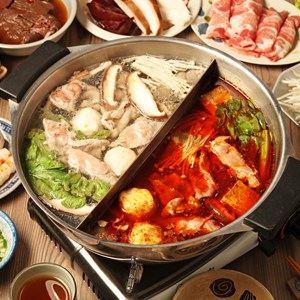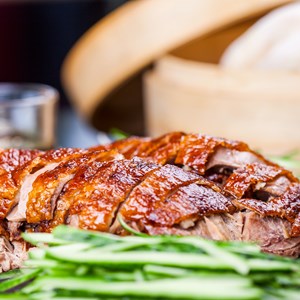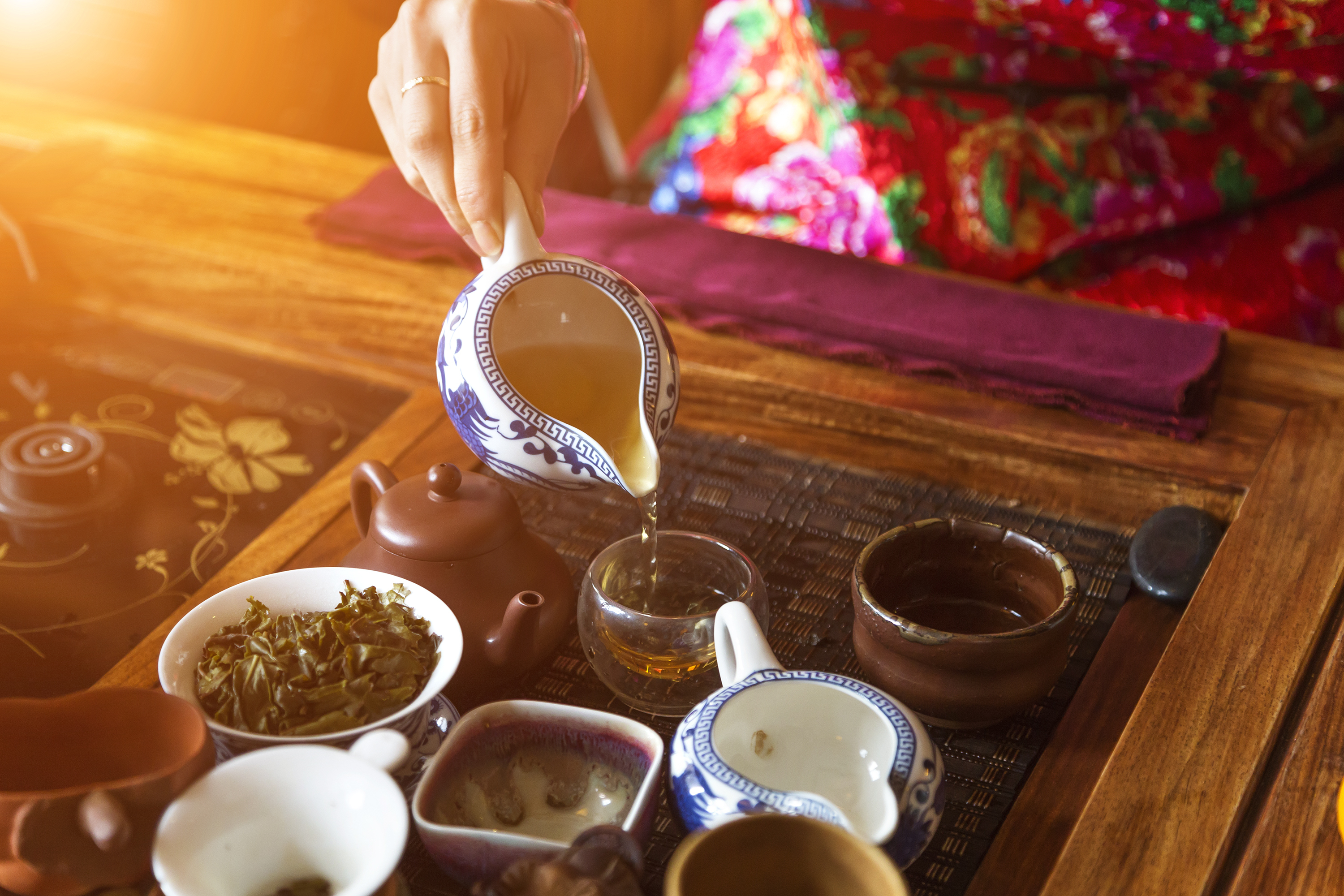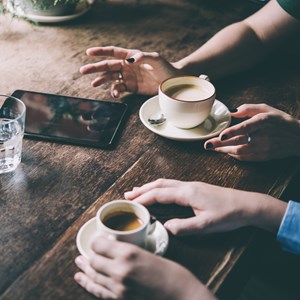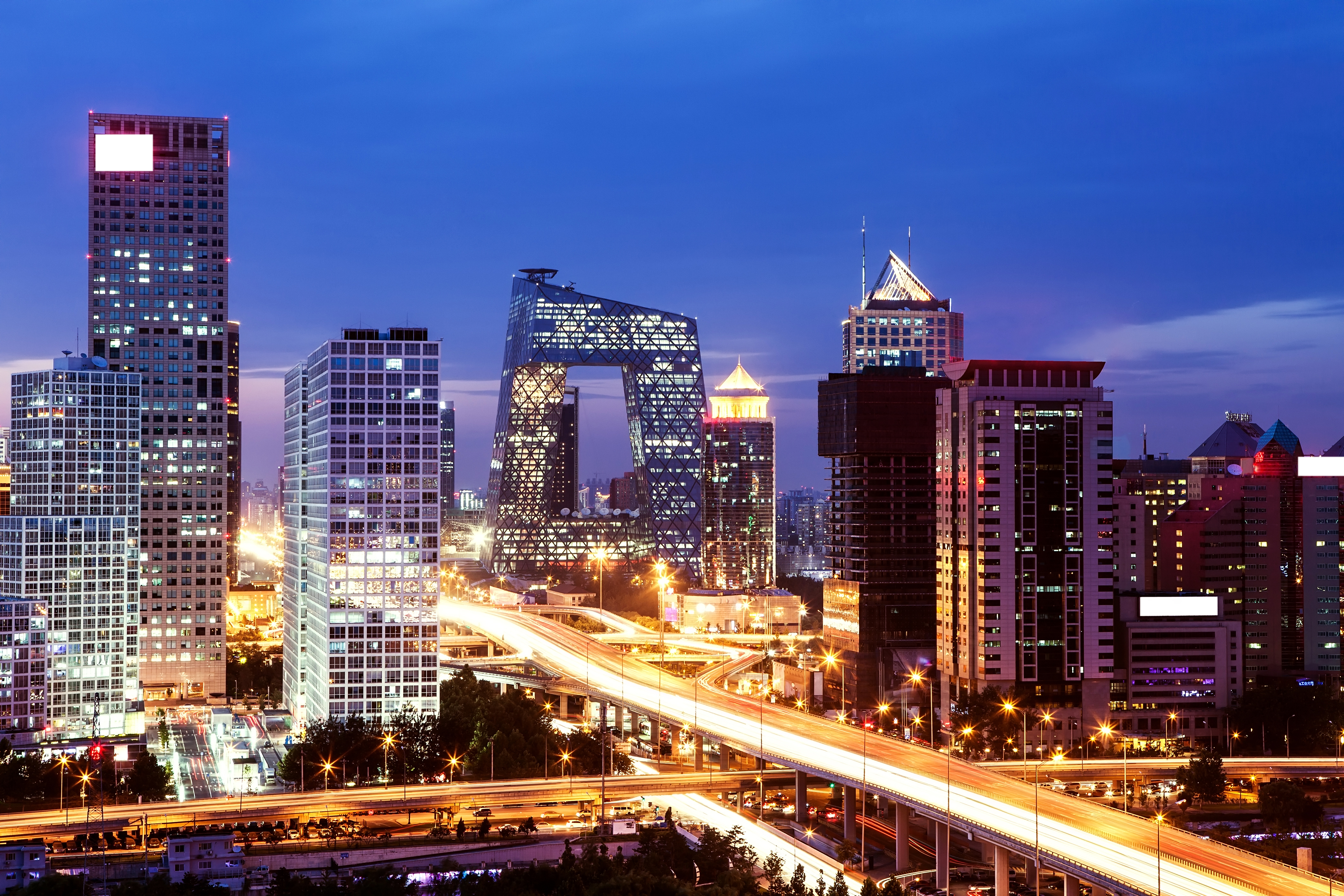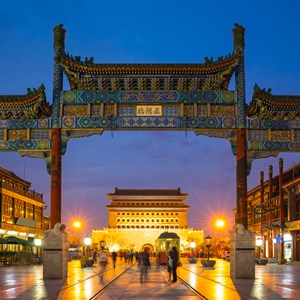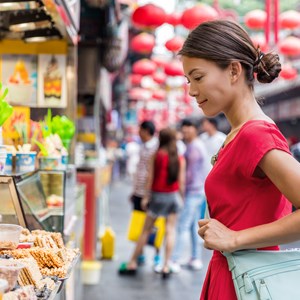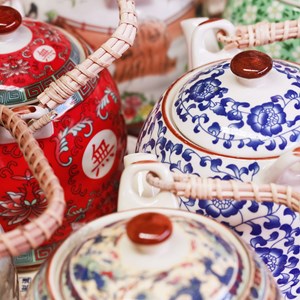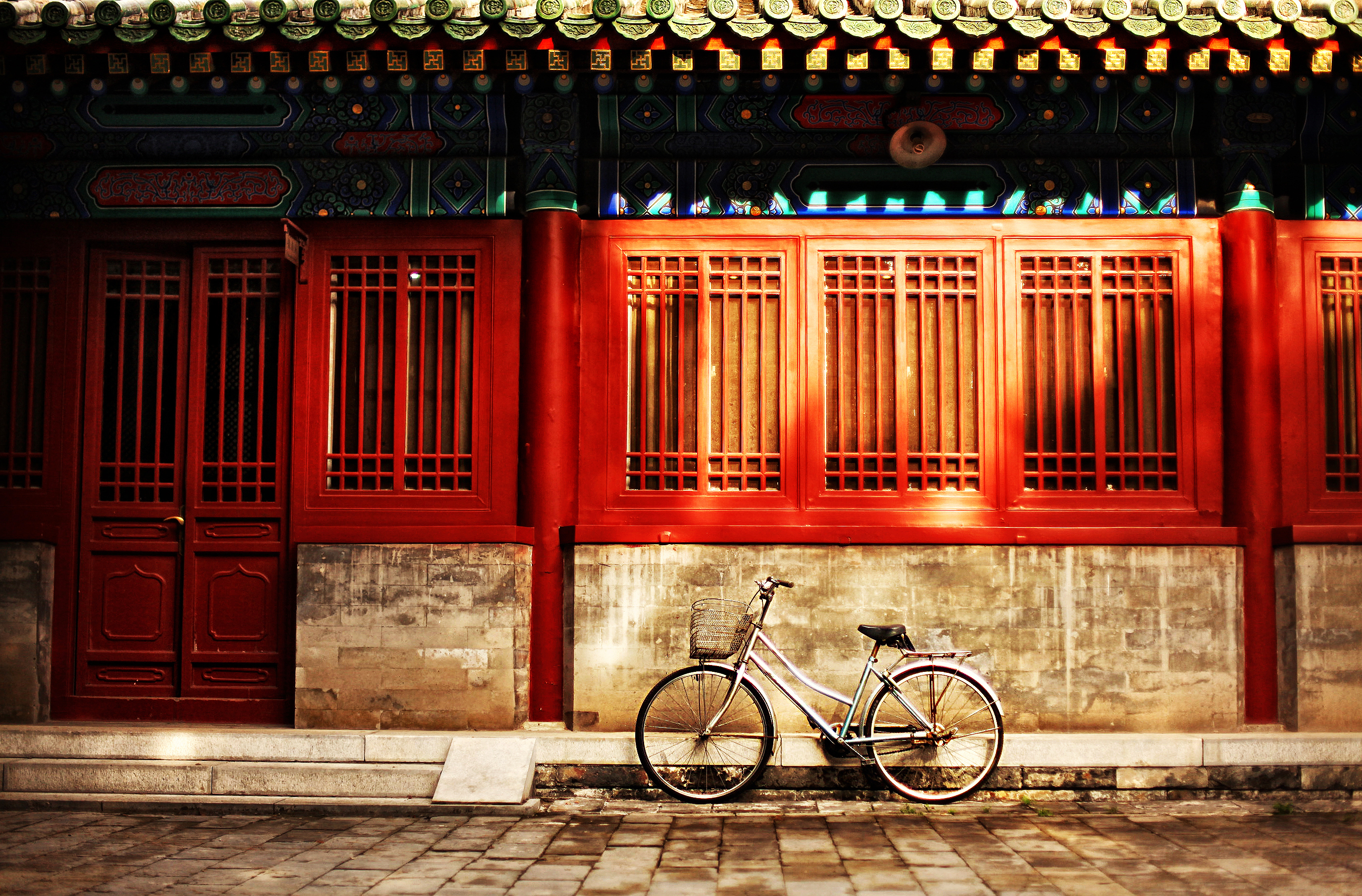

Beijing's famous Tiananmen Square is vast enough to hold one million people, while the historic Forbidden City boasts thousands of imperial rooms. The city continues to grow with the emergence of ever-higher rising towers, new restaurants, and trendy nightclubs. Despite this rapid development, China's capital has managed to retain its unique charm. The small teahouses in the backyards, traditional fabric shops, old temples, and bustling street restaurants make this city one of a kind.
The City
Nowhere else brings together so many historic sites in one place. The Forbidden City sits at the heart of the city, with Tiananmen Square just next door, while north of the centre, Qianhai Lake is a favourite spot for locals to cool off in summer. To the south, the Temple of Heaven rises amid Chongwen’s streets, and east of the city centre, the Chaoyang district is home to modern restaurants, bars, and art spaces.
Preparing for the 2008 Olympic Games brought refurbishment to old buildings and the rise of new skyscrapers. Alongside this modernisation, Beijing has kept much of its traditional charm. Wandering the city’s old streets, you’ll find silk shops, antique stores, and tea houses that offer glimpses into daily life and centuries of culture.
Beijing is also a food city. From traditional dumplings and street snacks to the original Peking Duck, its hundreds of restaurants and food stalls make it easy to explore local flavours at every turn.
Do & See
Beijing is a city of layers. Ancient palaces and temples sit alongside quiet hutongs and lakes, while contemporary art districts and bustling shopping streets show a very different side of life. The Great Wall is never far from anyone’s itinerary, but within the city, there’s a mix of history, culture, and everyday rhythm that keeps each walk, each street, each park feeling a little different.
Dining
Food is one of Beijing’s great joys. The city is the birthplace of Peking Duck—crispy skin, tender meat, pancakes and all—which remains the must-try dish. But there’s much more to explore: steaming dumplings at hole-in-the-wall joints, refined takes on imperial cuisine, and inventive restaurants pushing Chinese flavours in new directions. And if you’re craving a change of pace, Beijing’s dining scene stretches far beyond local food, with everything from Japanese izakayas to Brazilian grills and Italian trattorias.
Cafés
Whether you’re after a carefully brewed coffee or a pot of traditional Chinese tea, Beijing offers a wide variety of cafés and tea houses to explore. In recent years, the city has seen the rise of specialty coffee shops inspired by third-wave trends, offering high-quality beans, precision brewing, and stylish interiors. At the same time, teahouses continue to thrive, preserving long-standing traditions and providing a calm, cultural experience in both historic hutongs and modern settings.
Bars & Nightlife
Fancy a bottle of China’s Tsingtao Beer, a cup of Japanese sake rice wine, or a pint of Guinness? Beijing has a large selection of bars catering to locals and international visitors, and it’s growing. Make sure you pay a visit to Sanlitun Street, home to many pubs.
Shopping
Beijing has long been a centre of trade, and today the city offers a wide variety of shopping experiences, from bustling traditional markets to large modern malls. Visitors can find everything from Chinese handicrafts and antiques to contemporary fashion and international luxury brands.
Tourist Information
Beijing Capital International Airport (PEK)
The Beijing Capital International Airport (PEK) is located approximately 32 kilometres northeast of Beijing's city centre. This is the busiest airport in Asia and one of the busiest in the world.
The Airport Express Train is the fastest and most convenient option, connecting Terminal 3 and Terminal 2 to Dongzhimen Station in downtown Beijing in about 20 minutes. Taxis offer a more direct route, taking 45 minutes to an hour depending on traffic. For a budget-friendly choice, the Airport Shuttle Bus provides multiple routes to various parts of the city, taking about an hour.
Address:
Email:
Phone:
Website: www.bcia.com.cn
More Information:
Beijing Daxing International Airport (PKX)
Beijing Daxing International Airport (PKX) is located around 46–50 km south of Tiananmen Square; depending on traffic, expect a taxi or ride-hail into central Beijing to take about 60 to 90 minutes.
The most efficient public-transport option is the Daxing Airport Express. It runs from the terminal about every 9–15 minutes and takes around 22 minutes to reach Caoqiao Station, where you can transfer to Subway Lines 10 or 19. Alternatively, shuttle buses operate from the airport to key spots in the city; a journey takes roughly 80 minutes.
Address: Beijing Daxing International Airport
Email:
Phone:
Website: https://daxing-pkx-airport.com
More Information: Also known as Beijing New Airport
Best Time To Visit
Most of Beijing's attractions feature timeless architecture and rich cultural heritage, making them enjoyable year-round. However, the outdoor temperatures are most pleasant in spring and autumn, as winter can be too cold and summer too hot for comfort. Additionally, the city’s parks and gardens are particularly beautiful during these seasons, with blossoming flowers in spring and vibrant foliage in autumn.
It's best to avoid Chinese public holidays, especially from October 1st to 7th, when the city is crowded with local tourists.
Address:
Email:
Phone:
Website:
More Information:
Public Transport
Subway
The subway is the quickest way to move around Beijing and avoid traffic. The network is extensive, with more than twenty lines in operation, and covers most major sights. Trains generally run from around 5 am to 11 pm, depending on the line. Stations are easy to spot; look for the blue “D” symbol. Signs and announcements are in both Chinese and English.
Buses
Buses reach parts of the city that the subway doesn’t, including many suburban areas. Services usually run from about 5 am to 11:30 pm. Apps such as Beijing Public Transport or Ruubypay make it much easier to plan routes.
Yikatong Card
The Yikatong is Beijing’s transport smartcard and works on the subway, buses, some taxis, and even public bikes. You can buy and top it up at service counters and machines in most stations. A small deposit is required, and you can return the card for a refund at designated stations. For travellers, the physical card is usually the simplest option.
Address:
Email:
Phone:
Website:
More Information:
Mobile Payments
In China, mobile payment apps such as Alipay, Weixin Pay, and UnionPay are widely used and accepted almost everywhere, including restaurants, shops, street food stalls, and tourist attractions. To use them, you can link your international credit card or set up a local bank account.
Both apps provide features in English and are user-friendly, making it easy to handle payments, split bills, and even pay for transportation. Download these apps before your trip and familiarise yourself with their functionality to enhance your travel experience in Beijing.
Address:
Email:
Phone:
Website: https://english.visitbeijing.com.cn/article/4HWNoka8e95
More Information:
Taxi
Taxis are easy to find in Beijing and a reliable way to get around the city. Most drivers speak little to no English, so having your destination written in Chinese will be quite helpful.
All official taxis should use a meter. If a driver hesitates to turn it on, politely insist or choose another cab.
Ride-hailing apps are widely used in the city. Didi is the most popular option, and you can usually use it with an international credit card, though having mobile data is essential. It’s often easier than flagging a cab on the street, especially during rush hour or late at night.
Address:
Email:
Phone:
Website:
More Information:
Internet Access & VPN in China
Because of the internet security laws of China, certain websites and apps are not accessible from the mainland, which includes those very commonly used in the West (Facebook, Instagram, X, Google and Gmail, Skype, among others). Some travellers have been able to gain access to those via a VPN service installed prior to arrival in China.
Make sure you comply with local laws and regulations when deciding on whether or not to employ a VPN, and which one to choose. If you do, only use those explicitly allowed by the Chinese government, and only use them for authorised purposes to avoid any trouble. There have been reports of foreigners in China getting their cell service cut off in response to unauthorised use of VPN; restoring cell service required a trip to the local police station, where the contents of the device were investigated and certain apps removed.
Given that Google is banned in China, Google Maps might not be the most accurate and reliable source of information. Some local apps, such as Baidu Maps, tend to work better than Google Maps.
Address:
Email:
Phone:
Website:
More Information:
Post
As in most major cities, post offices are conveniently located throughout Beijing, providing travellers with services such as sending letters and parcels, purchasing stamps, and basic banking functions. Green metal mailboxes are commonly found near street corners, in front of residential complexes, or by small shops.
Operating hours vary by branch, but major post offices usually open around 8 am and close by 6 pm, sometimes staying open on weekends. For international shipping, China Post handles everything from small parcels to faster EMS delivery, with tracking available.
Address: Qianmen Post Branch Bureau - 98 Qianmen Street, Dongcheng, Beijing
Email:
Phone:
Website:
More Information:
Pharmacy
Pharmacies in Beijing are easy to spot once you know the signs: look for the green medical cross or the characters 药店 (yàodiàn). Large chains, such as Golden Elephant and Watsons, are commonly found throughout the city. They stock a mix of Western over-the-counter medicines, Chinese traditional remedies, and basic health products.
For prescription medication, it’s best to go directly to a hospital or an international clinic pharmacy, since many local pharmacies won’t accept foreign prescriptions and may not stock the exact brands you are used to. Certain medicines, such as antibiotics, may require a local prescription and ID registration. To be safe, bring enough of any essential medication from home, packed in its original box with a copy of your prescription.
Address: Watsons - 138 Wangfujing Avenue, Dongcheng District, Beijing
Email:
Phone: +86 10 6528 1149
Website:
More Information:
Electricity
Mainland China uses a standard voltage of 220V with a frequency of 50Hz. Power plugs and sockets are mainly of types A, C, and I. Type A plugs have two flat parallel pins, Type C plugs have two round pins (the same as those widely used across Europe), and Type I plugs feature three flat pins in a triangular arrangement.
Address:
Email:
Phone:
Website:
More Information:
Telephone
Country code: +86
Area code: 10
Address:
Email:
Phone:
Website:
More Information:



